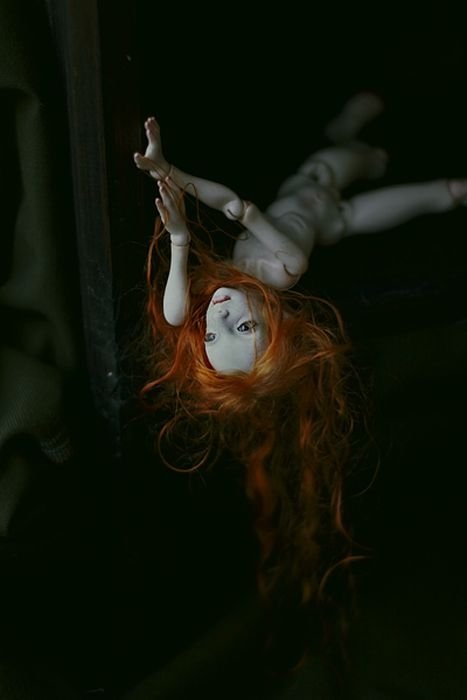|
|
Porcelain Children
|
Porcelain derives its present name from old Italian porcellana (cowrie shell) because of its resemblance to the translucent surface of the shell. Porcelain can informally be referred to as "china" in some English-speaking countries, as China was the birth place of porcelain making. Properties associated with porcelain include low permeability and elasticity; considerable strength, hardness, glassiness, brittleness, whiteness, translucence, and resonance; and a high resistance to chemical attack and thermal shock.
For the purposes of trade, the Combined Nomenclature of the European Communities defines porcelain as being "completely vitrified, hard, impermeable (even before glazing), white or artificially coloured, translucent (except when of considerable thickness) and resonant." However, the term porcelain lacks a universal definition and has "been applied in a very unsystematic fashion to substances of diverse kinds which have only certain surface-qualities in common" (Burton 1906).
Porcelain is used to make table, kitchen, sanitary, and decorative wares; objects of fine art; and tiles. Its high resistance to the passage of electricity makes porcelain an excellent insulator. Dental porcelain is used to make false teeth, caps, crowns and veneers.
|
|









